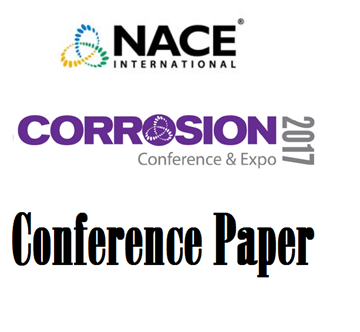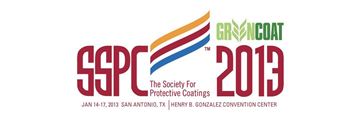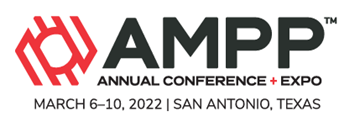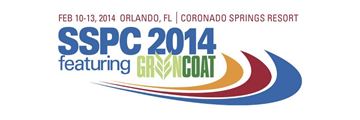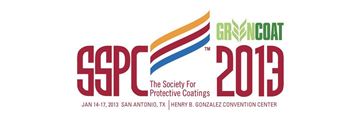Search
Products tagged with 'aerospace'
View as
Sort by
Display
per page
51317--9779-Pitting Corrosion in AZ31 Magnesium Alloy in Potassium-Based Electrolytes
Product Number:
51317--9779-SG
ISBN:
9779 2017 CP
Publication Date:
2017
$20.00
Acceleration Of 316L Stainless Steel Corrosion By Proton-Irradiation-Induced Displacement Damage In Hydrogenated Steam
Product Number:
ED22-17134-SG
Publication Date:
2022
$20.00
Atmospheric Environment Severity Monitoring for Corrosion Management
Product Number:
51323-19464-SG
Publication Date:
2023
$20.00
Chemical Reactivation of Exterior Decorative Aerospace Livery Coatings
Product Number:
41213-732-SG
Publication Date:
2013
$20.00
Corrosion Severity Comparison Of Three Beach Sites
Product Number:
51322-17668-SG
Publication Date:
2022
$20.00
Development And Application Of A Thermochemical Database (MSTDB-TC) To Modeling Corrosion In Molten Salt Reactors
Product Number:
ED22-17137-SG
Publication Date:
2022
$20.00
DoD Corrosion Prevention and Control Standards, An Aerospace Example
Product Number:
51218-154-SG
Publication Date:
2018
$20.00
Evaluation Of Copper Catalytic Effects In Cable Insulation Polymers
Product Number:
ED22-17260-SG
Publication Date:
2022
$20.00
Qualification of Coatings for Launch Facilities and Ground Support Equipment Through the NASA Corrosion Technology Laboratory
Product Number:
41214-832-SG
Publication Date:
2014
$20.00
Risk Based Approach to Corrosion Prevention and Control for US Army Acquisition
Product Number:
51323-18922-SG
Publication Date:
2023
$20.00
The Critical Truth Regarding Aerospace Coatings in the 21st Century
Product Number:
41213-795-SG
Publication Date:
2013
$20.00

